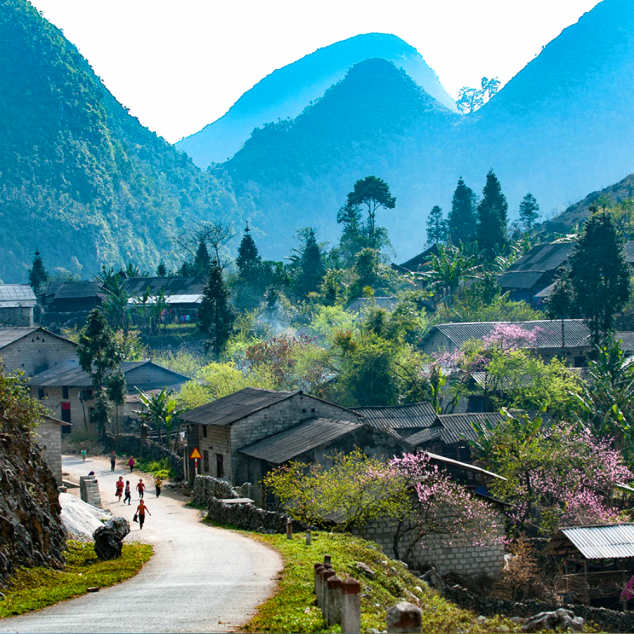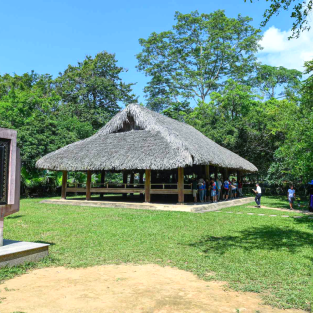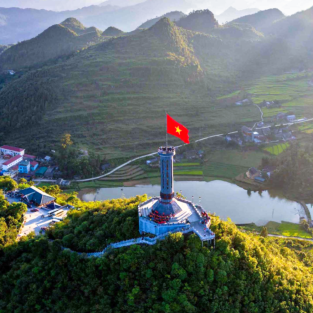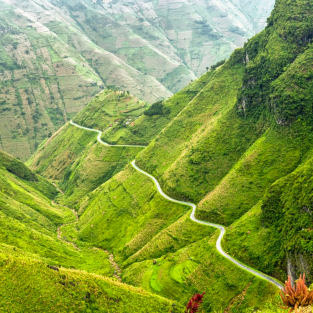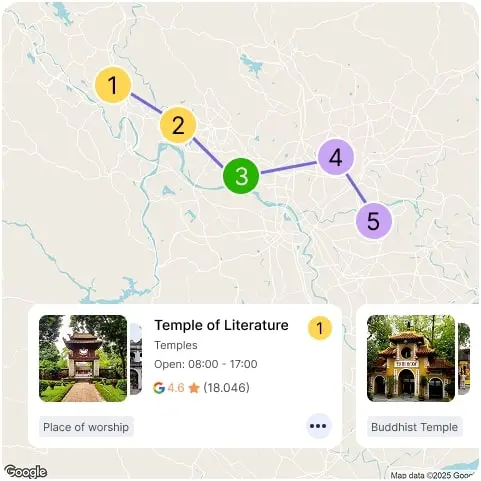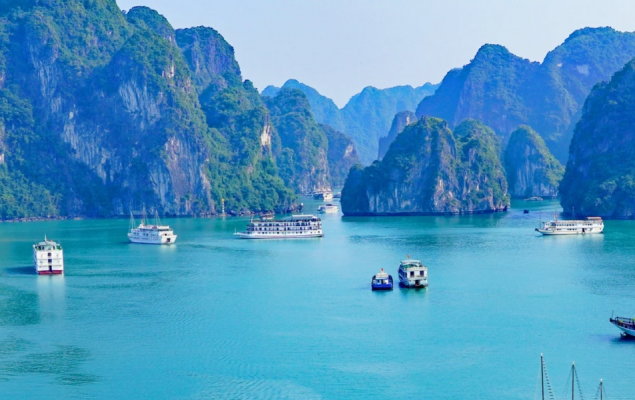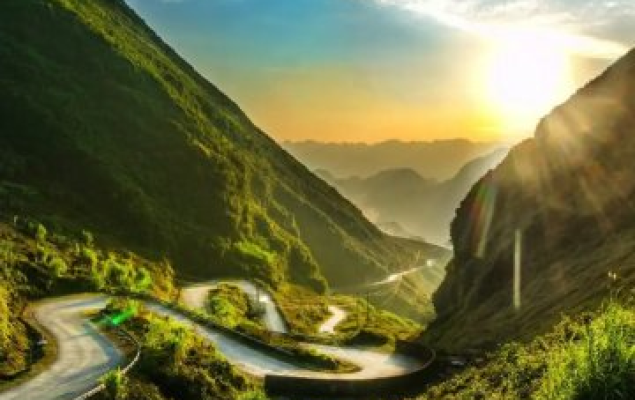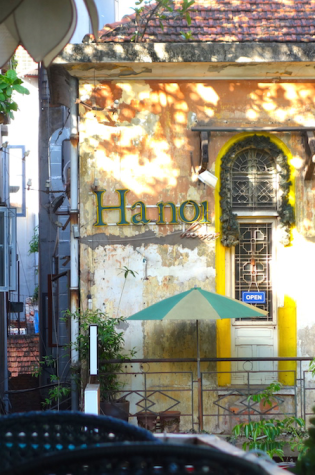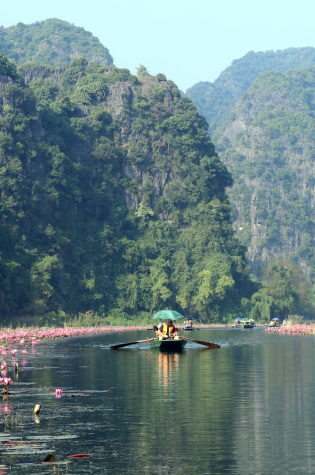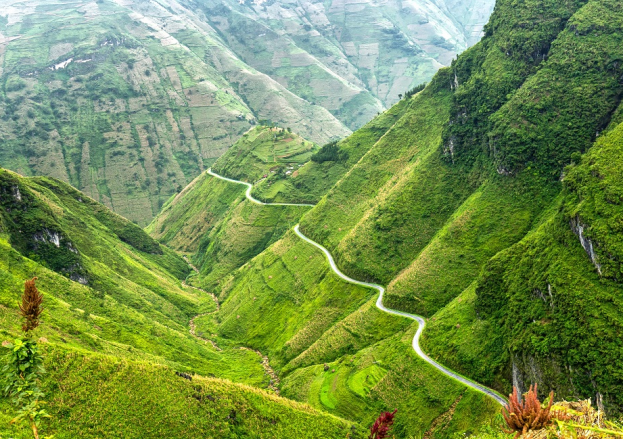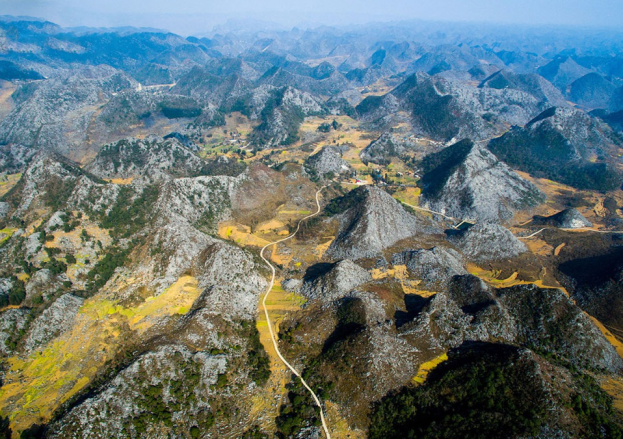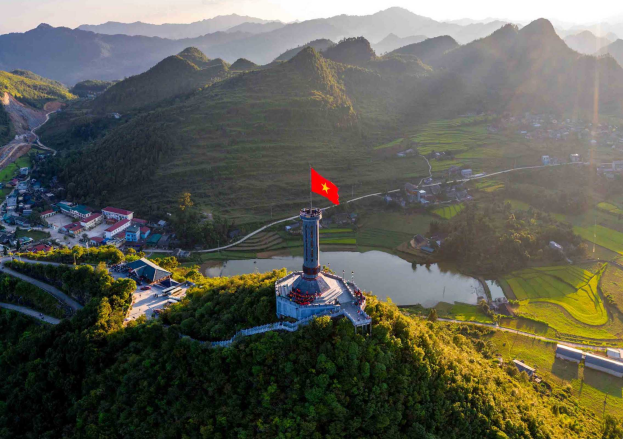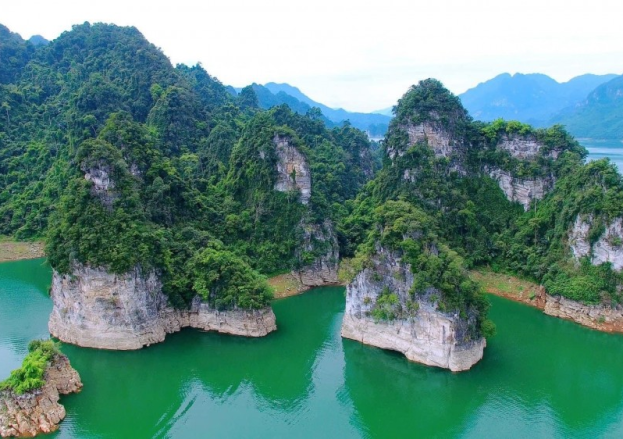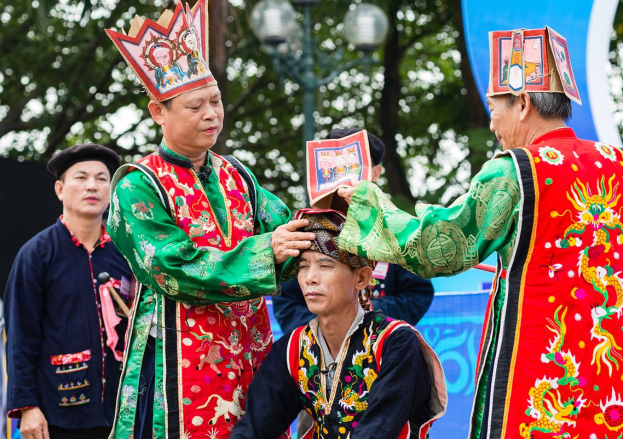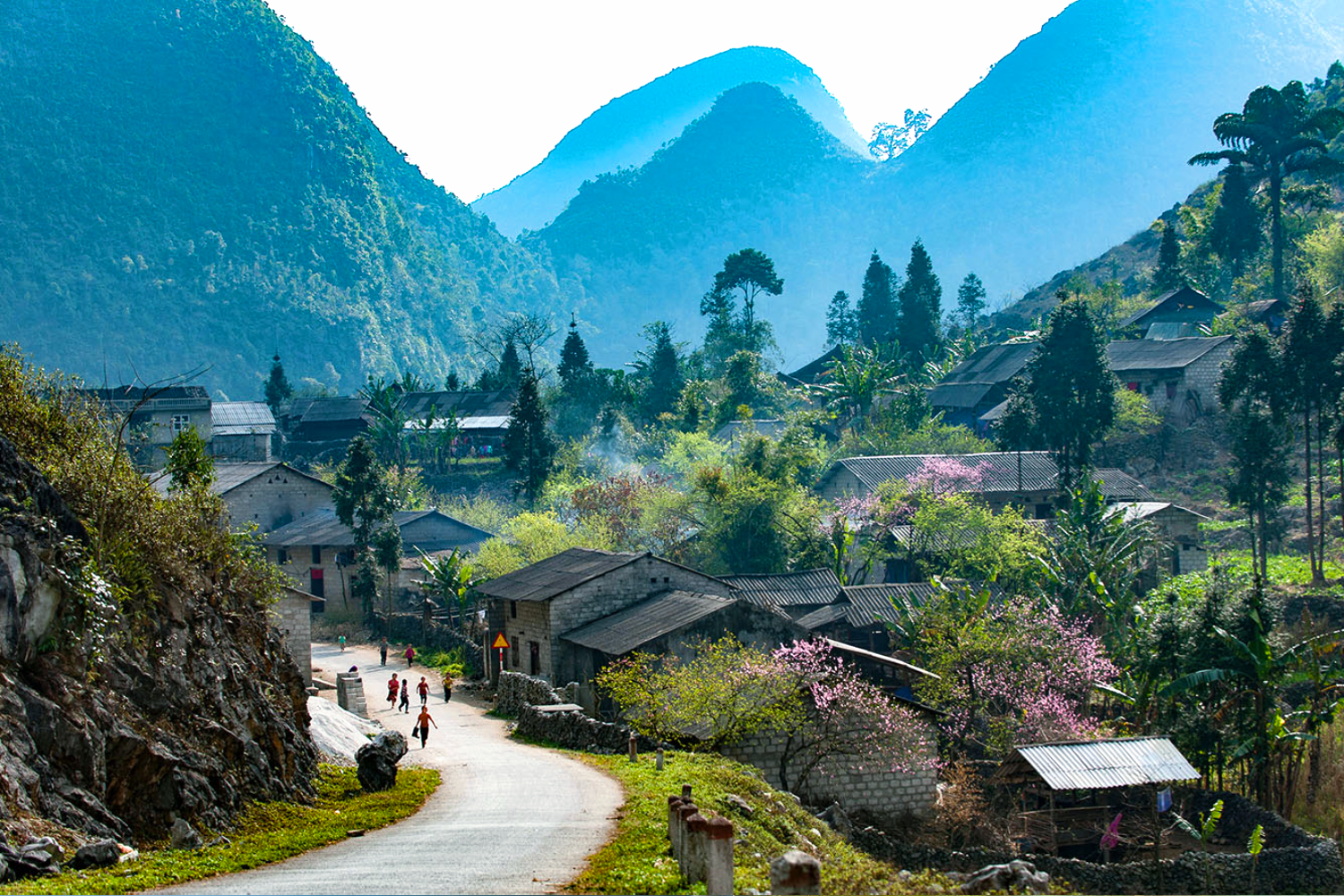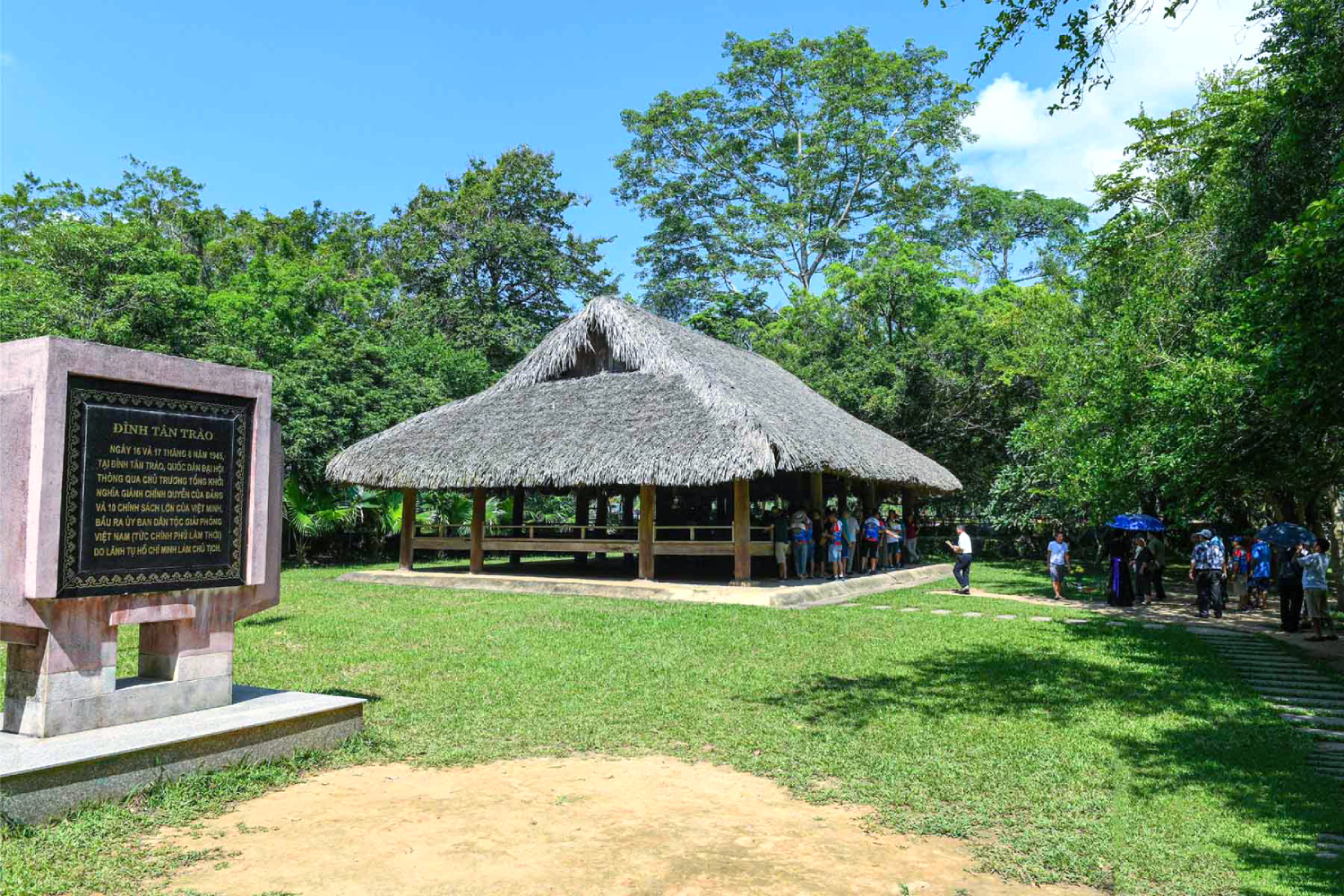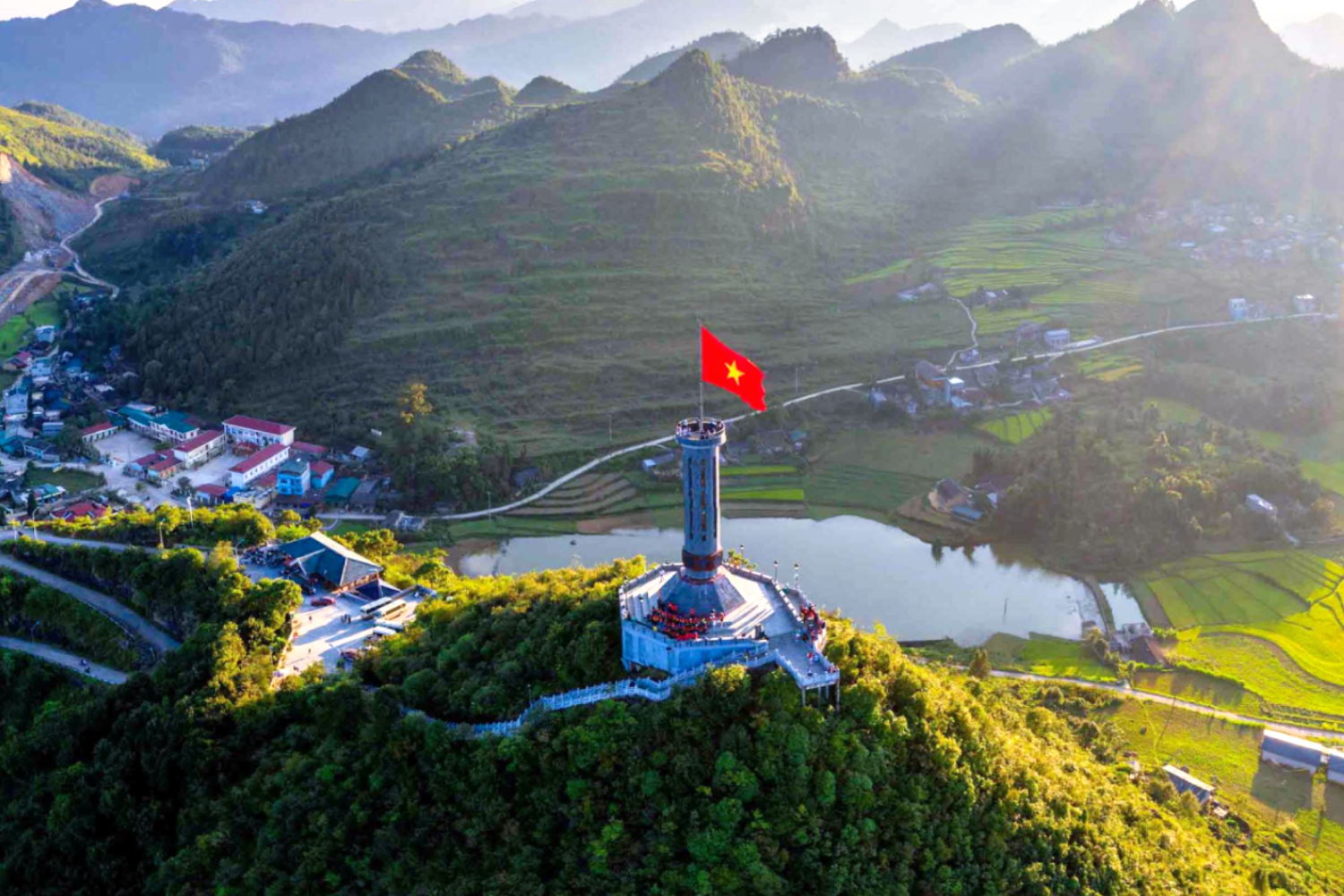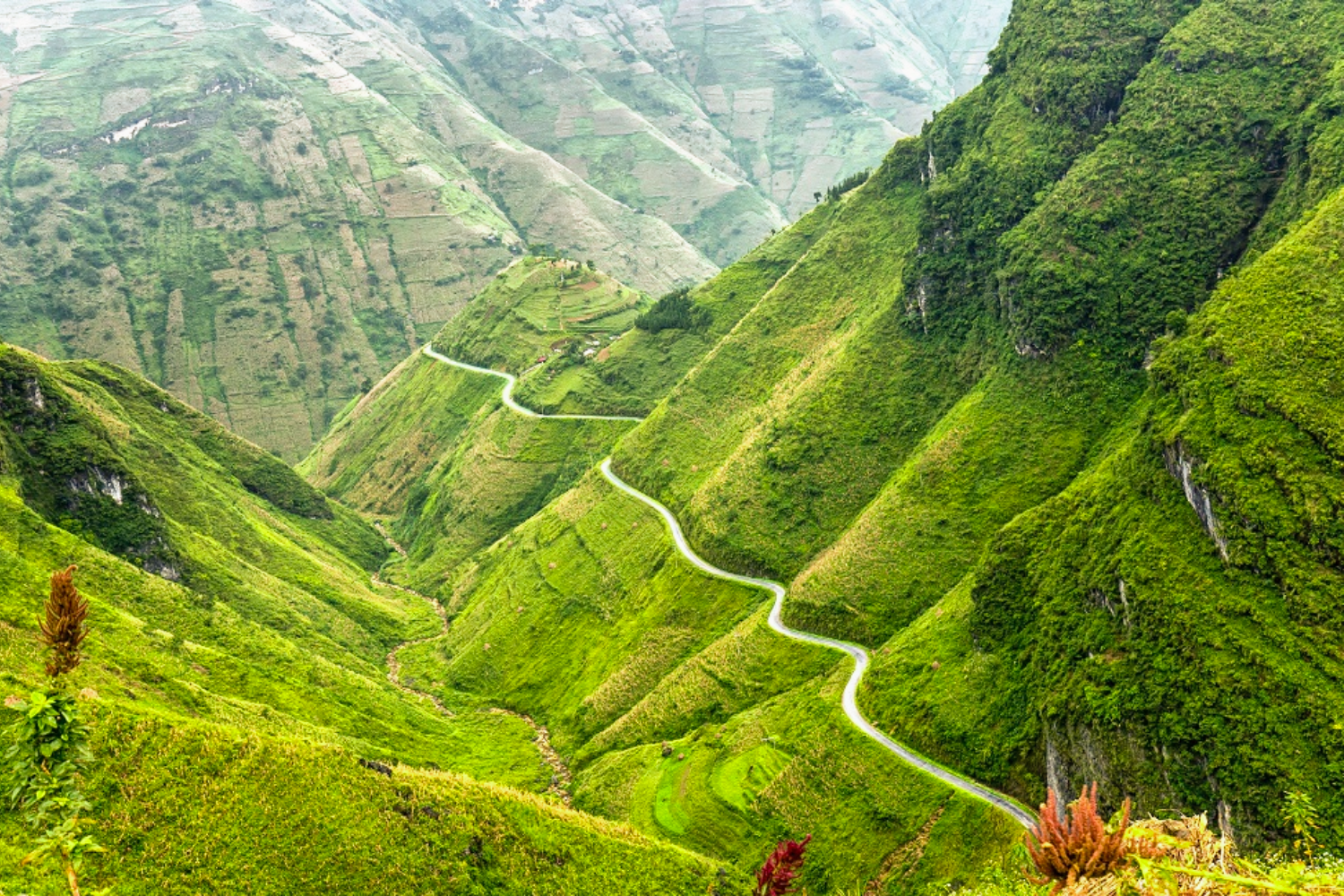Nestled in the heart of Vietnam’s highlands, Tuyen Quang is a destination where majestic landscapes and rich history come together. The province now embraces some of the country’s most iconic northern scenery. At its northernmost edge lies the Dong Van Karst Plateau, a UNESCO Global Geopark and one of Southeast Asia’s most extraordinary geological sites. Towering stone ridges, ancient rock formations, and sky-high passes create a landscape that feels both timeless and otherworldly—a testament to nature’s raw artistry.
But Tuyen Quang’s significance runs deeper than its scenery. Known as the Capital of the Revolution, this land holds an essential chapter of Vietnam’s modern history. Its mountains and forests once sheltered the nation’s early leaders, and today, its heritage continues to shape both memory and identity.
Tuyen Quang is where Vietnam’s northern soul reveals itself—quietly powerful, deeply rooted, and impossible to forget.
Tuyen Quang is located about 150 km northwest of Hanoi, making it easily reachable by road. The drive from Hanoi to Tuyên Quang City takes approximately 3.5 to 4 hours, following the Noi Bai–Lao Cai Expressway and National Highway 2.
By road:
- From Hanoi: Daily limousine buses and tourist shuttles depart from central Hanoi to Tuyen Quang City. Private cars and taxis are also available for a more flexible journey.
- From Noi Bai International Airport: The transfer from Noi Bai Airport to Tuyen Quang City takes about 3 hours by car.
- From other provinces: Tuyen Quang is connected by road to Ha Giang, Lao Cai, Yen Bai, and Thai Nguyen, making it a convenient stop for travelers exploring Vietnam’s northern region.
While the road to Tuyen Quang City is mostly smooth and accessible, routes to the province’s remote attractions—such as Na Hang or the mountain passes toward Ha Giang—feature winding roads and sharp turns, requiring more time and careful driving.
The climate in Tuyen Quang varies seasonally, offering different travel experiences throughout the year.
☘ Spring (Feb–Apr): Cool and refreshing, with light mountain mists and temperatures from 18–25°C. Forests bloom, and local festivals mark the arrival of the new year.
☀ Summer (May–Aug): Warm and lush, with waterfalls at their peak and green rice terraces covering the valleys. Temperatures range from 25–33°C, with occasional afternoon rains.
☀ Autumn (Sep–Nov): The most pleasant time to visit. Cool, dry air and golden rice fields make it ideal for sightseeing and photography. Temperatures stay between 20–28°C.
❄ Winter (Dec–Jan): Quiet and misty, with crisp air and temperatures from 10–18°C. A peaceful time for slower journeys and enjoying local cuisine.
Tuyen Quang is moderately accessible compared to other northern highland destinations. From Hanoi, travelers can reach Tuyen Quang City in about 3.5 to 4 hours by car, mostly along modern highways.
However, many of the province’s natural and cultural attractions are located in remote areas. Reaching places like Na Hang Nature Reserve or the routes leading toward the Dong Van Karst Plateau involves mountain roads with winding passes and sharp turns. Travel times may vary depending on weather and road conditions, especially during the rainy season.
Local transport options include taxis, private cars, and buses. For travelers seeking to explore the highlands in depth, hiring a private vehicle or joining a guided tour is recommended for both comfort and safety.

